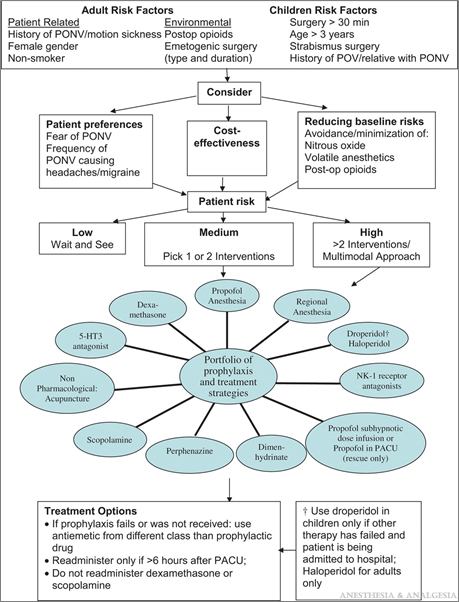
Purpose of this website
Post-operative nausea and vomiting (PONV) is common. Modern antiemetic medications have improved its prevention and management. Nevertheless one in three surgical patients still suffer from PONV. It is considered the “big little problem” (Kapur, 1991). It is not a fatal consequence, but it affects up to 80% of those at high risk (Gan et al., 2014), and is rated by patients as the most important post-operative symptoms to avoid, more so than post-operative pain (Lee et al., 2005). Acupuncture / acupressure is the only non-pharmacological intervention included in the PONV management guidelines (Gan et al., 2014), however it has not been translated into clinical practice.
This website intends to assist clinicians, including anaesthetists, surgeons, nurses and / or acupuncturists, in developing plans and actions to enable implementation of peri-operative acupuncture / acupressure. It takes you through four stages of implementation to enable the systematic identification of the barriers and enablers of implementing peri-operative acupressure treatment.
What is acupuncture and acupressure?
According to the World Health Organisation, the broad definition of acupuncture refers to stimulating body points in an organised manner for therapeutic purposes. The stimulation includes mechanical stimulation by needling using fine acupuncture needles, electrical stimulation through various devices, pressure through the fingers or other devices (also called acupressure), heat stimulation from moxibustion, or infrared heat lamp or laser, or chemical stimulation through applying chemical stimulation to the points (World Health Organization, 2002). It is derived from the traditional medicine theories of China and other eastern countries, with a written history going back over 2000 years (Unschuld, 2003).
A narrower definition is used for the purposes of this website. Acupuncture refers to stimulating acupoints invasively via needles alone, or with electrical stimulation. Acupressure refers to non-invasive mechanical pressure applied onto body points using the fingers or other devices designed for this purpose.
Why acupuncture or acupressure?
Post-operative nausea and vomiting (PONV) affects 30% to 50% of surgical patients (Gan et al., 2014). Poorly controlled PONV impacts on patients’ recovery and prolongs hospital stay (Gan et al., 2014). Level-one evidence shows that acupuncture and / or acupressure is safe and effective for preventing and reducing the incidence of PONV in adults following a variety of surgical procedures with different anaesthesia (Gan et al., 2014, Lee et al., 2015, Cheong et al., 2013). Consequently acupuncture and acupressure are the only non-pharmacological interventions included in the PONV management guidelines (Gan et al., 2014, Chandrakantan and Glass, 2011) and endorsed by the Australian and New Zealand College of Anaesthetists.

Algorithm for management of postoperative nausea and vomiting. PONV = postoperative nausea and vomiting. (Gan et al., 2014)
Why do we need this framework?
The evidence relating to acupuncture for PONV has not been translated into clinical practice in a systematic manner. More importantly, there is a lack of framework or guidance on how to enable nurses or anaesthetists to integrate this effective, non-drug and non-conventional therapy into routine management of PONV. Furthermore, patients want non-drug options to manage PONV, as demonstrated in one Australian (Weeks et al., 2017) and one Chinese survey (Wang et al., 2017).
This Framework is modelled on EPIS developed by Aarons and colleagues (Aarons et al., 2011) and consists of four stages: Exploration, Preparation, Implementation and Sustainment. Detailed information of each stage was taken from CFIR and has been adapted for the surgical setting and the use of acupuncture / acupressure.



